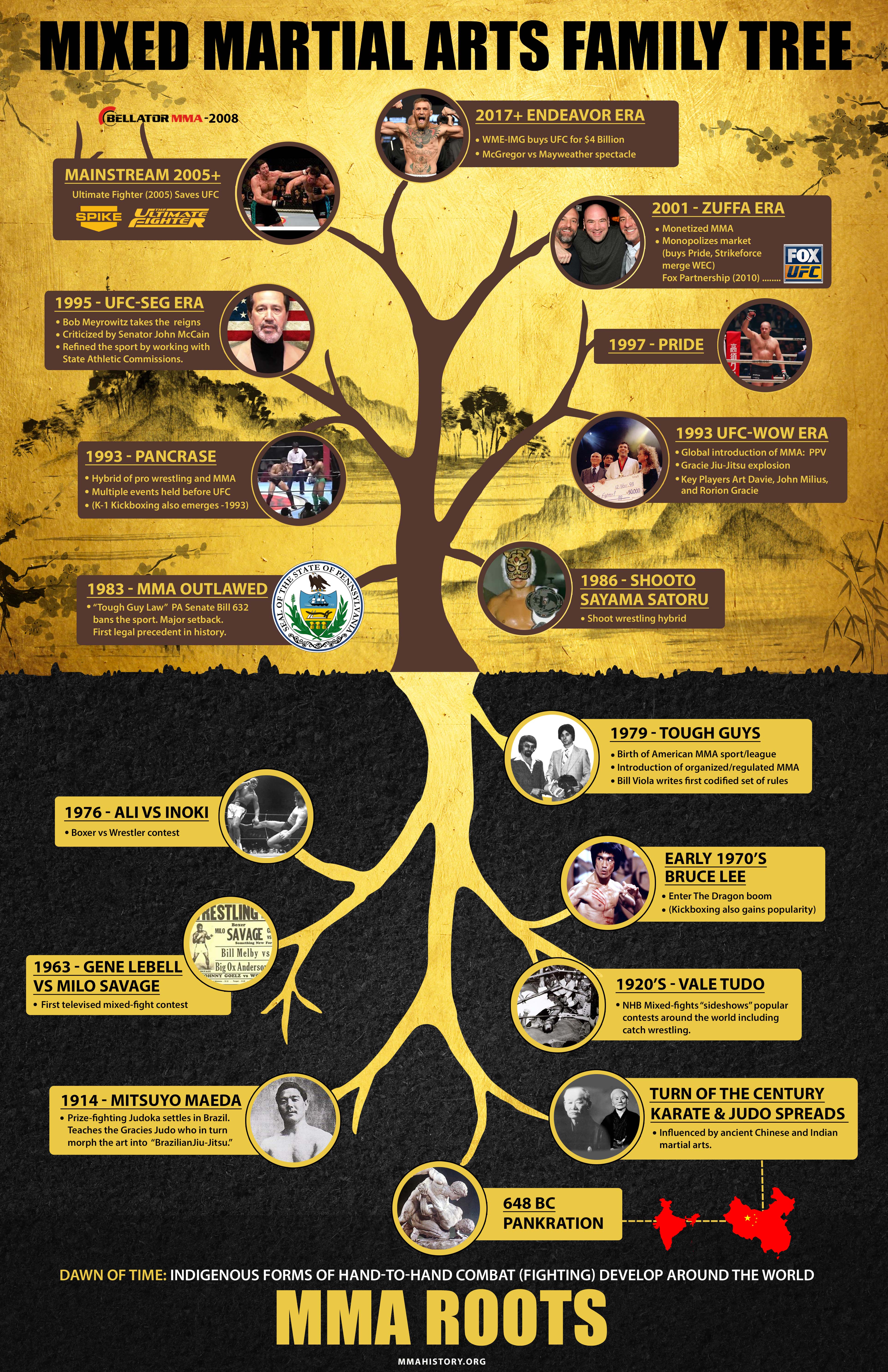The Background And Advancement Of Martial Arts: From Its Old Roots To The Techniques Practiced Today
The Background And Advancement Of Martial Arts: From Its Old Roots To The Techniques Practiced Today
Blog Article
Staff Writer-Borup Pacheco
Enter the globe of martial arts, where old origins and modern techniques clash in an exciting trip of discipline and self-discovery.
As you look into the background and evolution of this fascinating art kind, prepare to be mesmerized by the social influences, technical innovations, and extensive approach that have actually shaped it over centuries.
From the field of battles of old worlds to the training grounds these days, martial arts have stood the test of time, constantly adjusting and expanding.
Each strike, each activity, carries with it the weight of numerous years of custom and wisdom, passed down via generations. This is a story of resilience, of warriors who sought not just physical expertise, but also self-confidence and consistency.
Join us on this exceptional expedition as we reveal the tricks, the tales, and the transformational power of martial arts.
Prepare to be inspired, tested, and permanently changed by the background and advancement of martial arts.
Cultural Impacts on Martial Arts
As you check out the background and evolution of martial arts, you'll rapidly uncover the remarkable methods which social influences have actually shaped these combat techniques.
From the old civilizations of China and India to the much more current growths in Japan and Brazil, martial arts have been heavily affected by the cultures in which they came from.
For instance, Chinese martial arts, such as Kung Fu and Tai Chi, are deeply rooted in the philosophy of Taoism and the idea of Yin and Yang.
On the other hand, Japanese martial arts, like Martial arts and Judo, reflect the samurai warrior customs and the worths of discipline and honor.
Similarly, Brazilian martial art, Capoeira, combines aspects of African dancing and music, reflecting the social heritage of African slaves in Brazil.
These social influences not just offer each martial art its one-of-a-kind characteristics but also provide a much deeper understanding of the historic and social contexts in which they advanced.
Technological Improvements and Martial Arts
With the rise of advanced weapons and innovative training devices, you've had the ability to improve your abilities and adapt to the ever-changing fight landscape.
Technical improvements have actually transformed the method martial arts are exercised and educated. Virtual reality simulations currently allow you to learn practical combat situations without the risk of physical damage. is karate good for a child with adhd -speed cameras record every relocation, enabling you to examine and excellent your methods. Wearable tools monitor your heart rate, breathing, and muscle activation, offering instantaneous responses on your performance.
Furthermore, the advancement of specific equipment, such as resistance bands and agility ladders, has allowed you to improve your speed, stamina, and dexterity. These technical developments have not only made training a lot more efficient however have likewise pressed the limits of what is feasible in martial arts, enabling you to get to new heights in your practice.
The Philosophy and Principles of Martial Arts
The philosophy and principles of martial arts are deeply rooted in shaping your state of mind and instilling technique, focus, and regard in your technique.
1. State of mind: Martial Arts teaches you to create a solid and durable state of mind. It allows you to get rid of challenges both on and off the floor covering, pressing your restrictions and persevering when faced with misfortune.
2. Read Home -control: Martial Arts needs discipline and self-constraint. With normal training and adherence to strict policies and strategies, you discover to regulate your impulses and establish a strong job ethic.
3. Emphasis: Martial Arts needs intense emphasis and concentration. By educating your mind to be present in the moment, you enhance your capability to respond promptly and successfully throughout battle situations.
4. Regard: Martial Arts emphasizes regard for oneself, instructors, educating companions, and opponents. It shows you to value the skills and experiences of others, fostering a sense of camaraderie and gamesmanship.
Final thought
Congratulations on finishing your journey through the fascinating world of martial arts! Throughout this expedition, you have actually seen the abundant background and remarkable advancement of these fight practices.
From their ancient beginnings to the modern strategies we see today, martial arts have actually been formed by cultural influences.
The combination of technology has actually likewise played a substantial function in transforming the way martial arts are taught and exercised in the present day.
However, it is necessary to bear in mind that martial arts are greater than just physical combat. They include profound viewpoints and directing principles that go beyond the mere act of combating.
Take a minute to reflect on this obsolete adventure and appreciate just how the legacy of martial arts continues to grow in the present, going beyond time and borders.
